Antonin Mongin
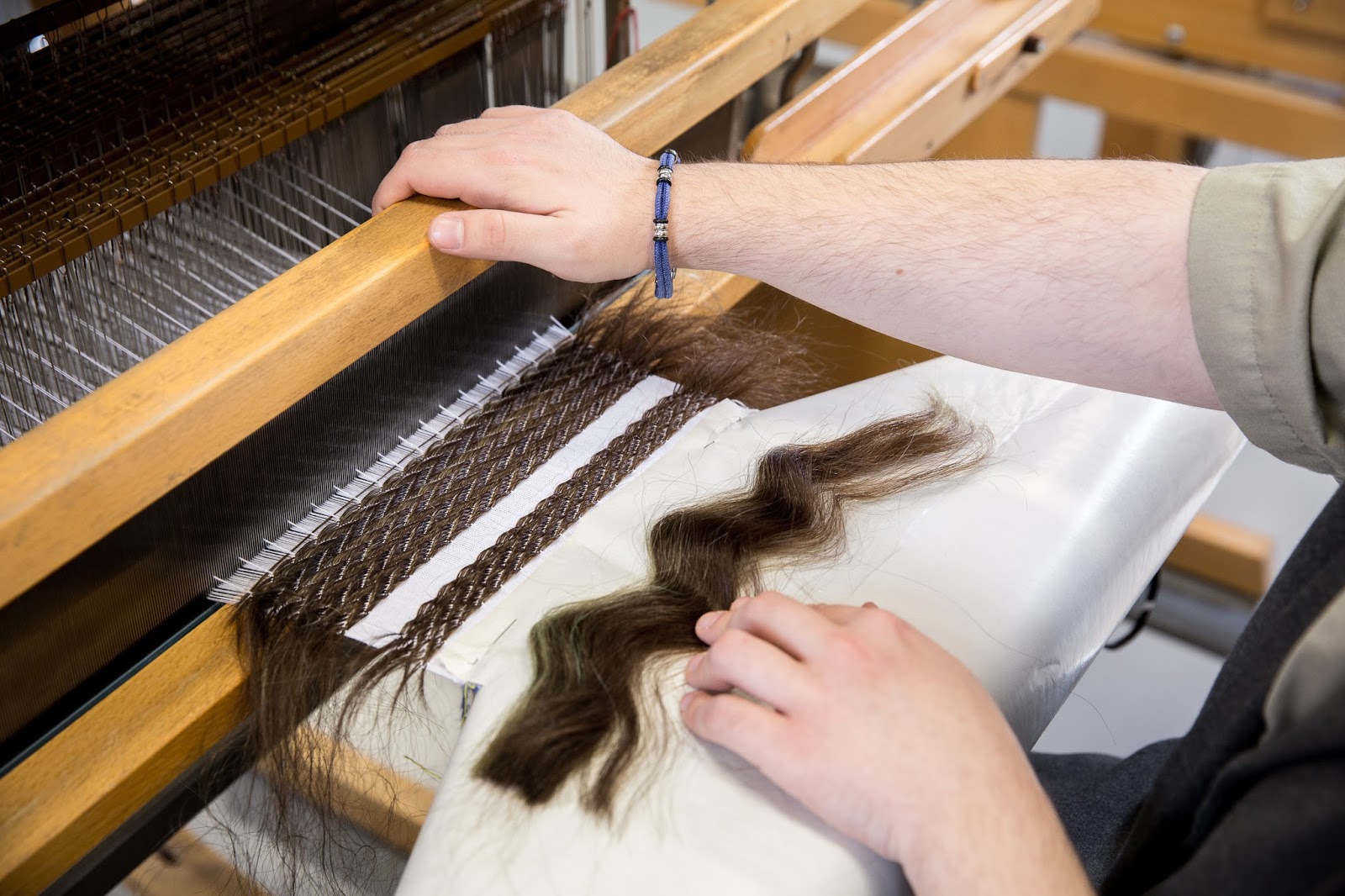
Hair work craft: hair as creative matter for a practice-based & textile design-led research (2022)
Antonin Mongin, SACRe funded PhD prepared at Ensadlab, PSL University. Supervision: Jean-François Bassereau, Aurélie Mosse.
Due to its rot-proof nature and the individual’s experience of its structure, hair has properties of elasticity, resistance, plasticity, hydrophilicity and hygrometry. Its attributes of origin and identity, and the values attributed to it, are more or less symbolic (profane and sacred). They allow it to be assimilated to a fibre, used in the 19th century for the creation of decorative objects or testimonials. Cut hair is therefore a material in its own right in the history of art and materials science. All of this informs our research question: « How can we revive « Hairwork », by reinventing it in a perennial way?”While it is essential to specify what research through design practice is (what distinguishes it from a simple practice), with its recurrent mobilisation of activities pertaining to research, it should also be noted that this work evolved in the continuity of the practical results obtained during the « Relic’Hair » diploma project in textile and material design, developed at the École Nationale Supérieure des Arts Décoratifs from 2015.
This research through practice, although calling upon creative skills linked to an initial training in textile design, is meant to enter into a dialogue with my questioning about cut hair, in its materiality and its representations. The aim is to situate it in a new category of creative material intended for art crafts, with specific properties and values: of origin, of historical know-how, symbolic and sentimental, linked to their owners, while reviving the beginnings and the golden age of « Hairwork » in the 19th century.
This research confronts and analyses the specificities of all arts and crafts, notably its notions of know-how and its associated results. In particular, it invites us to look at the relationships existing between crafts and innovation.
A historical exploration of « Hairwork », from its genesis to its eclipse, allows us to identify some causes of its disappearance. Transformed into initial hypotheses, they meet the keys to reading the great variations in practices around the use of cut hair over several centuries (in arts and crafts and in design). In the course of our experiments, we introduce a series of hypotheses to be validated – while obtaining results from practice – through the creation of bespoke objects specific to its owner and sponsor as the cut hair linked to the project. Thus, we question this « human » material, working on its particularities and calling upon notions of values complementary to the properties usually taken into account in material science.
The first results aim at reviving a craft practice that has been outshines since the beginning of the 20th century, for reasons that serve as a basis for its revival, and probed through corresponding proofs of concept.
We propose a methodical pathway initiating the revival of a craft through research into the practice of textile design, where the gesture -contrary to what the literature on apprenticeship may lead us to believe-, is not transmitted, but invented during a project, provided that the material is worked as a whole, and not an entity reduced to its materiality.
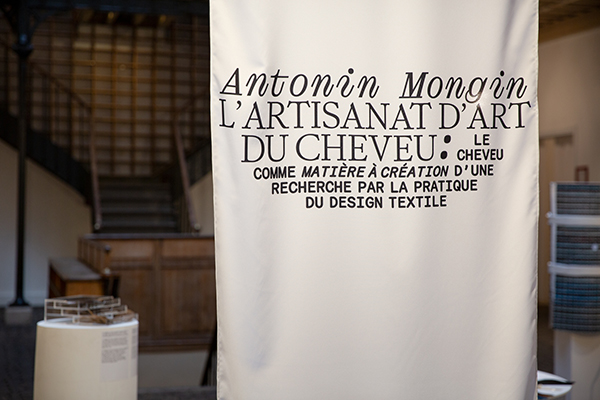

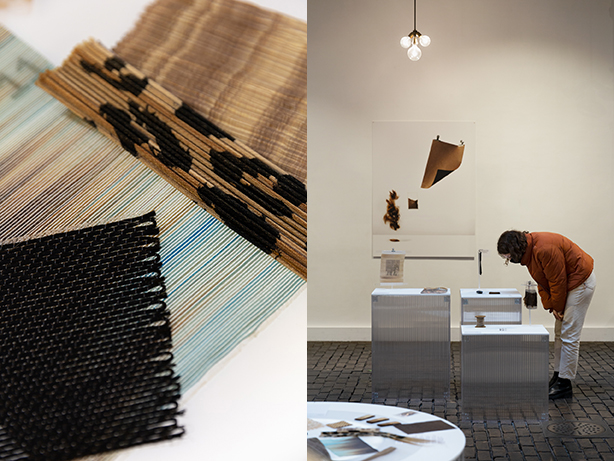
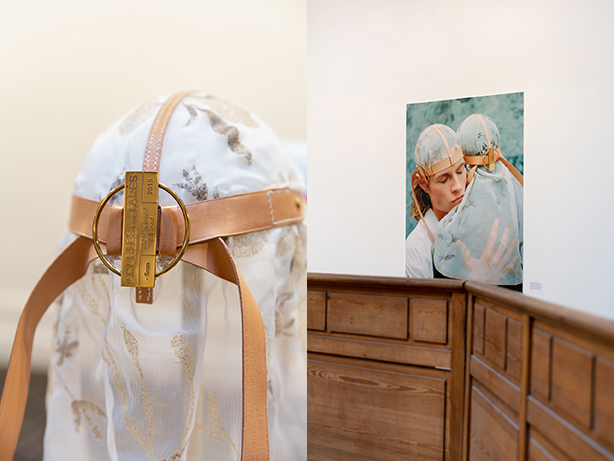
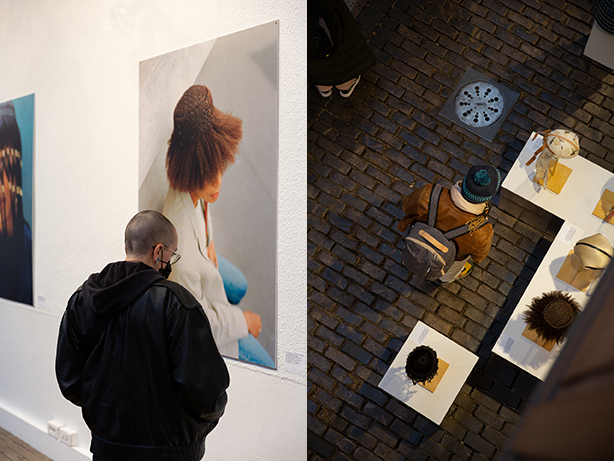
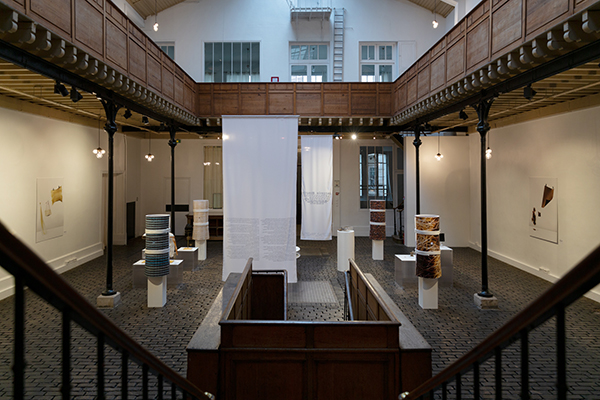
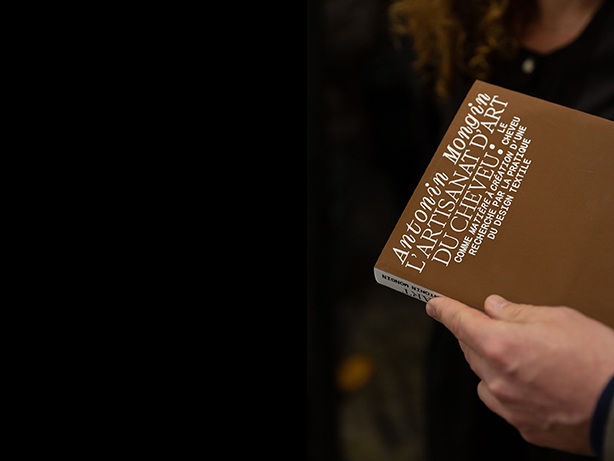
Read the PhD thesis:
- Mongin, A., 2022, L’artisanat du cheveu coupé, le cheveu comme matière première à création d’une recherche par la pratique du design textile, PhD thesis, Ecole Nationale Supérieure des Arts Décoratifs – PSL.
Related publications
- Mosse, A., 2020, Textile transitions: Time as a material for Soft Matters’ design practice’, In Montagna & Carvalho (eds), Textiles, Identity and Innovation: In Touch, London: CRC Press /Taylor & Francis. Proceedings of the 2nd international conference on Textiles, Identity and innovation, (D_TEX 2019), Libson, Portugal, 19-21th of June 2019, pp.389-396.
- Mosse, A., Bassereau, J.F., 2019, ‘Soft Matters: en quête d’un design textile et matière plus résilient’, Sciences du Design, n°9 Développement durable (Mai 2019), Paris: Presses Universitaires de France.
Awards
- Revelation Award of the Grand Prix de la Création de la ville de Paris 2024 in the Art and Craft category.
- Young Creative Craftsworker’s Award 2017 (Prix de la Jeune Création Métiers d’Art)
- Prix spécial du jury Accessoires de mode 2020, 35th Fashion Festival of Hyères, together with Florian Dach & Dimitri Zéphir.
More pictures on Antonin’s Instagram